| Structure | Name/CAS No. | Articles |
|---|---|---|
 |
Sodium 2-oxopropanoate
CAS:113-24-6 |
|
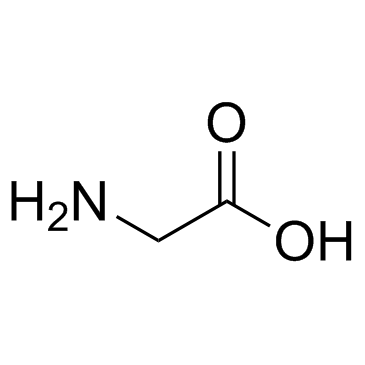 |
Glycine
CAS:56-40-6 |
|
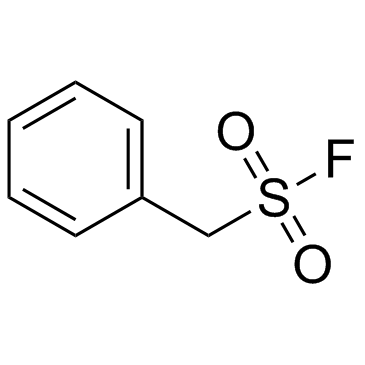 |
PMSF
CAS:329-98-6 |
|
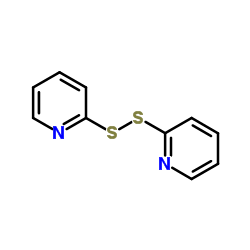 |
2,2′-Dipyridyl disulfide
CAS:2127-03-9 |
|
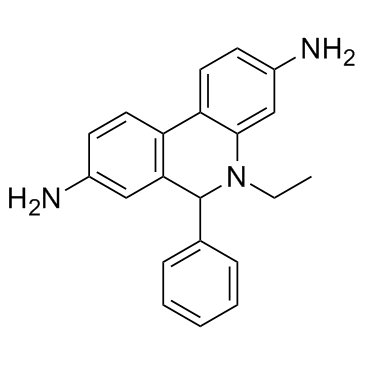 |
Dihydroethidium
CAS:104821-25-2 |
|
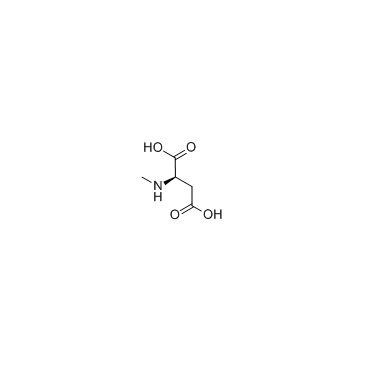 |
N-Methyl-D-aspartic acid
CAS:6384-92-5 |